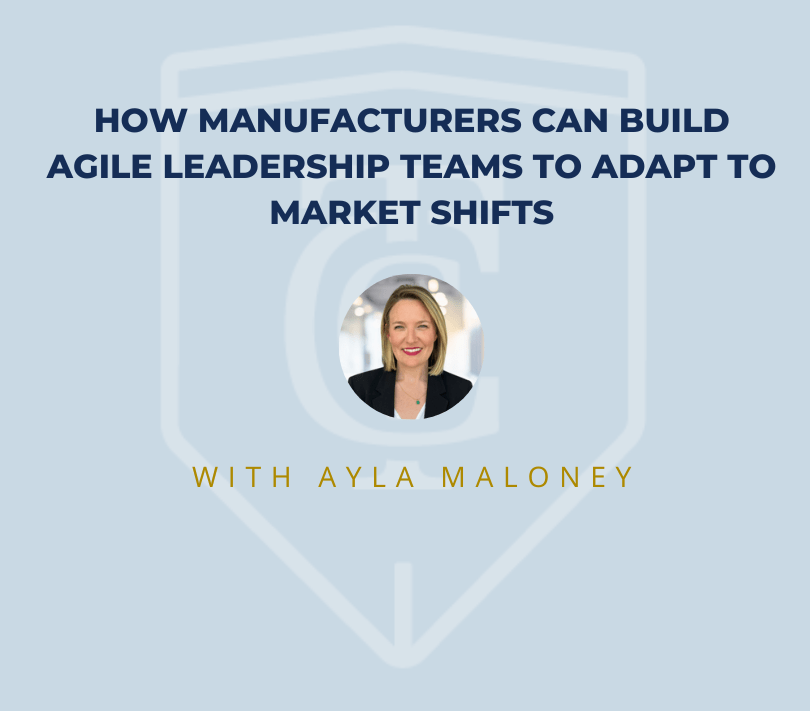
In today’s manufacturing landscape, agility isn’t just a buzzword—it’s survival.
From labor shortages and shifting regulations to supply chain challenges and advancing automation, market conditions are moving faster than many legacy leadership structures were built to handle. The manufacturers who thrive amid change aren’t necessarily the biggest—they’re the most adaptable. And at the core of that adaptability is leadership.
As an executive search partner specializing in HR and senior leadership roles, I see it play out every day: organizations that invest in flexible, forward-thinking leadership outperform those still clinging to rigid models built for a different era. So how do you build an agile leadership team? Let’s talk about it.
What Agile Leadership Really Means in Manufacturing
Agile leadership isn’t about speed for speed’s sake—it’s about clarity, adaptability, and action. It’s the ability to read the market, make informed decisions quickly, and lead teams through ambiguity with confidence. In the manufacturing space, that means:
- Leaders who collaborate across departments, not just within silos
- Decision-makers who are connected to what’s happening on the floor, not just the bottom line
- Individuals willing to challenge “the way we’ve always done it”
- Leaders who value communication, innovation, and accountability in equal measure
Agile leaders don’t just react well to change—they expect it.
The Strategic Role of HR in Building Agility
This is where HR shines. Building an agile leadership team doesn’t happen by accident—it’s a strategy, and HR is at the center of it. Here’s how:
- Recalibrate your leadership criteria. Look beyond technical expertise or years of service. Prioritize adaptability, learning agility, and emotional intelligence.
- Nurture a culture that rewards learning. The best leaders are always learning. Create systems that support development, cross-training, and idea-sharing.
- Build talent pipelines for potential. Create pathways for emerging leaders who show signs of strategic thinking and resilience, even if they haven’t held the title—yet.
- Promote psychological safety. Innovation requires risk-taking. Agile teams need the space to experiment without fear of failure.
When HR leads with intention, agility becomes more than a trait—it becomes part of the culture.
Executive Search That Fuels Agility
Finding the right leadership talent is more nuanced than ever. The leaders of tomorrow may not look like the ones who led 10 years ago—and that’s a good thing. When we partner with manufacturing organizations, we look for:
- Leaders who can navigate complexity, not just manage it
- Culture carriers who align values and drive change
- Strategic thinkers who are comfortable in uncharted territory
Hiring for agility isn’t just about filling a seat—it’s about future-proofing your business. Market shifts aren’t slowing down. But with the right leadership, your organization doesn’t have to be in a constant state of reaction. You can lead the change. HR has the power to architect leadership teams that aren’t just ready for what’s next—they’re built for it. Let’s build for what’s next, together.
 Ayla, Managing Partner and Chief People Officer, is passionate about genuinely connecting with and guiding professionals to career and life-enhancing opportunities. She has been with The Christopher Group for over nine progressive years and sits on the firm’s Leadership Team. To learn more about Ayla visit her bio page.
Ayla, Managing Partner and Chief People Officer, is passionate about genuinely connecting with and guiding professionals to career and life-enhancing opportunities. She has been with The Christopher Group for over nine progressive years and sits on the firm’s Leadership Team. To learn more about Ayla visit her bio page.

